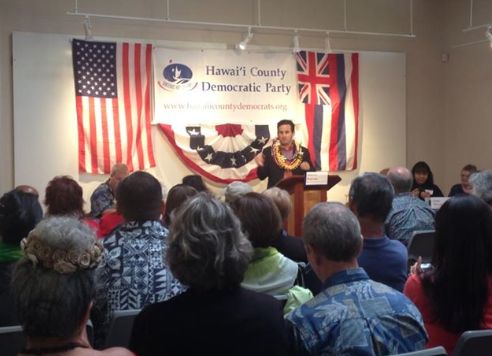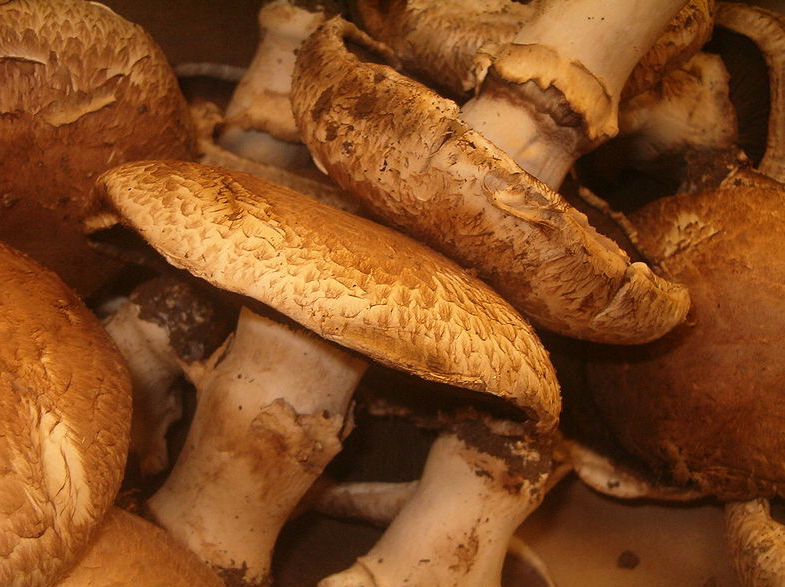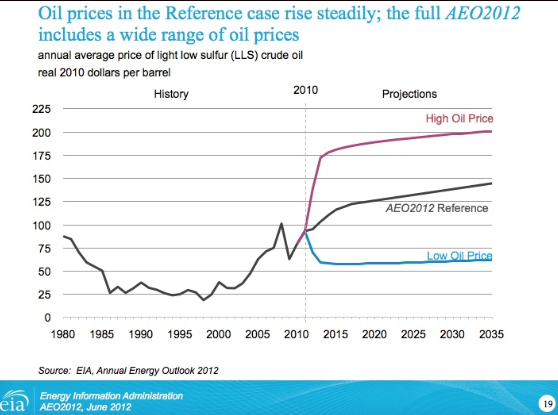Richard Ha writes:
Over the weekend, Scott Bosshardt of Kea‘au had an important letter to the editor of the Hawaii Tribune-Herald.
His point was that products produced and purchased locally shouldn’t be more expensive than the same product purchased abroad.
One extremely important fact that the “Think Local, Buy Local” proponents shouldn’t overlook is that local businesses need to “price local.”
Products produced and purchased locally shouldn’t be more expensive than the same product purchased abroad.
He also wrote:
“Price local” instead of as if our Big Island-grown tomatoes and coconuts were imported from half way around the world or some other planet, then people will be much more inclined to “buy local.” This holds true for everything we produce here. Think about it. When you live in Columbia, you don’t pay more for coffee than you do in San Francisco.
He’s right: Prices are higher here, and we need to lower them. It’s what I keep talking about. We need to find a way that we can lower our costs.
I first noticed our farm costs rising steadily back in 2005 and 2006. Rising costs affect every aspect of our farm, and it was very worrisome. Looking into it, I realized that the rise in price was due to the price of oil increasing.
Here in Hawai‘i, we are being squeezed extra hard. More than 70 percent of our electricity comes from oil. Compare this to the U.S. mainland – Hawaii’s primary competitor in many produce and food manufacturing categories – which relies on oil for only about two percent of its electricity generation.
As the price of oil rises, you can see how our local farmers and food manufacturers become less and less competitive with the mainland.
Farming is very energy intensive, and farmers’ refrigeration and water pumping costs have steadily gotten more expensive. Wholesalers’ and retailer refrigeration costs have gone up, too. This means food costs more.
Oil prices have quadrupled in the last 10 years, and this has put the economy into a continuous recession. Everything has been squeezed. Government workers’ pay has been cut. Electricity costs have gone up steadily. School budgets have been squeezed. Medical costs have risen.
I have so far attended five annual Association for the Study of Peak Oil (ASPO) conferences trying to figure out how to protect our farm from the rising price of oil. I don’t have a degree in chemistry or the sciences – but I am a farmer with common sense. So I spent my time figuring out who I can trust for good information
I determined that the folks at ASPO can be trusted because they have no other agenda than to produce good information. It is up to me to decide if their studies are valid or not, or whether I agree with their conclusion. On the other hand, I thought that people whose livelihood depends on putting on a happy face would probably just put on a happy face.
I have learned that the world has been using two to three times as much oil as it has been finding, a trend that continues. I’ve learned that the oil being produced now is much more expensive than what they found 50 years ago. It takes more energy now to get the energy. The cost of producing oil from shale and oil sands was $92 per barrel in 2011, and the floor price of oil is probably not much lower than that.
The era of cheap oil is over. And the stuff produced in the future will be even more costly, setting a higher floor as time goes by. Unless we do something, it will squeeze us all even more.
Look around: It is happening right now, even with a banner tourism year. Imagine what it will be like if we have a significant downturn.
Also important to note is that the rubbah slippah folks have less and less discretionary income. Consumer spending makes up two-thirds of our economy. Our consumers will have more spending money when we can lower the cost of our electricity.
What about the happy news that the U.S. will become the largest producer of oil and gas in the future? In 2009, Art Berman, a petroleum geologist, showed that in a study of 4,000 gas wells in the Barnett Shale, most of the production came out in the first year. Sixteen-thousand wells later, we see that 90 percent of shale gas and shale oil wells were more than 90 percent depleted within five years. And the decline rate for all the wells is more than 30 percent. We will need to drill one third as many we have now just to keep production steady.
One can reasonably conclude that the shale gas and shale oil phenomenon may not be a game changer. It probably won’t make a large dent in world oil production.
Meanwhile, the overall trend continues. Most of the world’s oil is produced by giant and supergiant oil fields, and lots of them are declining. Folks who study this estimate that the decline rate is around 4 to 6 percent annually. That is about 3 million barrels a year. This is going on all day, every day, no matter what the stock market does.
What can we do on the Big Island to lower electricity costs, and the cost of locally produced food? Biomass and geothermal can do that today. There may be other choices maturing in the next few years, too.
Producing electricity from geothermal here costs half as much as producing it from oil. And the Big Island will be over the hot spot that provides us with geothermal for 500,000 to a million years.
Iceland is pulling itself out of the largest financial crash in history because it has cheap electricity from geothermal and can export fish.
Let’s say that one wanted to payoff an oil-fired plant that produces 60MW today. That difference in price would save $6,600/hour and $158,400 /day. This is more than $50 million per year. Seems like we could be creative with writing off stranded assets.
We are very lucky to have these options here.
Read more about this:
The Farmer’s Point of View on Geothermal and Biofuels
Let’s Fight Rising Electric Rates, Not Teachers




